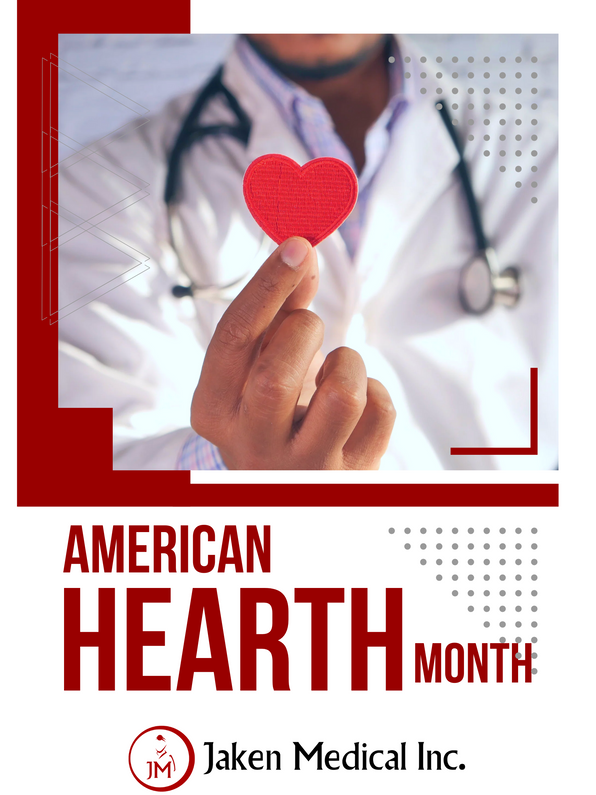A New Look at PAD: September is Peripheral Artery Disease Awareness Month
A New Look at PAD: September is Peripheral Artery Disease Awareness Month
It's that time of year again! September is Peripheral Artery Disease (PAD) Awareness Month, a crucial time to spotlight a condition that affects millions of Americans. One year ago, we discussed the importance of early detection and how the Ankle-Brachial Index (ABI) test can be a simple, non-invasive tool to help with diagnosis.
Now, as we kick off another awareness month, let's take a closer look at PAD. It's often referred to as the "silent amputator" because many people don't experience symptoms until the disease is already advanced. By understanding the signs, symptoms, and risk factors, you can take a proactive approach to your health.
What is PAD?
Peripheral Artery Disease is a circulatory condition where the arteries that carry blood to your limbs, most often the legs, become narrowed or blocked. This is typically caused by a buildup of fatty deposits, called plaque, on the artery walls. This plaque restricts blood flow, which can lead to various symptoms and serious complications if left untreated.
Key Signs and Symptoms to Watch For:
The symptoms of PAD can be subtle and are often mistaken for normal signs of aging. However, it's important not to dismiss them, especially if you have risk factors. Here are some of the most common signs and symptoms:
- Leg pain or cramping: This often occurs in the calf, thigh, or buttock muscles during physical activity like walking or climbing stairs. The pain usually goes away with rest. This specific type of pain is called claudication.
- Numbness or weakness in the legs or feet.
- Sores or wounds on the feet, legs, or toes that are slow to heal.
- A noticeable coldness in one leg or foot compared to the other.
- Changes in the color of the legs or feet.
- Loss of hair on the legs or slow-growing toenails.
Keep in mind that some people with PAD have no symptoms at all, which is why awareness and early screening are so critical.
Who is at Risk?
Understanding your risk factors is the first step toward prevention and early detection. You are at higher risk for PAD if you:
Smoke or have a history of smoking: This is the single biggest risk factor.
Have diabetes: Diabetes can damage blood vessels and nerves throughout the body.
Have high blood pressure or high cholesterol.
Are over the age of 50, especially if you have other risk factors.
Have a family history of PAD, heart attack, or stroke.
Are African American: Studies have shown that African Americans are more than twice as likely to have PAD as other populations.
How Early Detection Can Save Limbs and Lives
The most serious complications of untreated PAD include tissue death (gangrene) and limb amputation. However, PAD is also a major risk factor for heart attack and stroke. The same plaque buildup that clogs the arteries in your legs can also affect the arteries leading to your heart and brain.
This is where early detection and diagnosis are vital. A simple, non-invasive test called an Ankle-Brachial Index (ABI) can help a healthcare provider determine if there's an issue. It works by comparing the blood pressure in your ankle to the blood pressure in your arm. An abnormal result can be the first sign of reduced blood flow and the need for further evaluation.
As a provider of ABI systems and vascular equipment, Jaken Medical is committed to helping healthcare professionals get the tools they need to diagnose and treat PAD. By equipping clinics with reliable, accurate systems, we can help ensure more people get the care they need to live healthy, fulfilling lives.
This September, take a moment to educate yourself, know your risk factors, and talk to your doctor about PAD.
Recent Posts
-
A New Look at PAD: September is Peripheral Artery Disease Awareness Month
A New Look at PAD: September is Peripheral Artery Disease Awareness Month It's that time of year aga …Sep 3rd 2025 -
Service & Repair
We offer a wide range of service and repair options: standard on-site repair, depot repair (mail-in) …Mar 3rd 2025 -
Love Your Heart: February is American Heart Month!
February is American Heart Month, a time dedicated to raising awareness about heart health and encou …Feb 18th 2025




